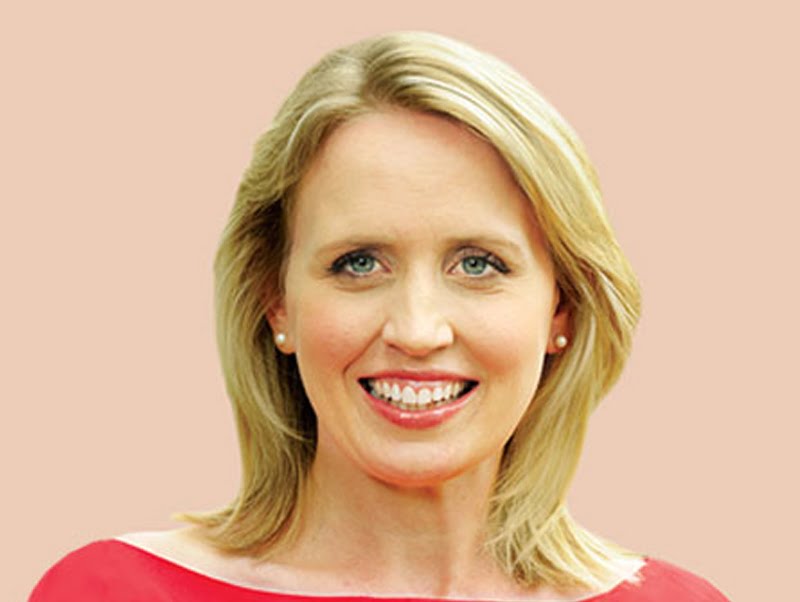Work to transform the Commonwealth Games Village to form part of a 200-hectare Gold Coast health and knowledge precinct (GCHKP), which has been in development since 2001, has now begun.
The former Athlete’s Village is being re-made into a residential space for 2,500 people, while another seven hectares of parkland adjacent to the Village is to be handed over to Gold Coast City Council to manage, with 9.5 hectares of greenfield land reserved for health and innovation investment.
The project is spearheaded by the City of Gold Coast in collaboration with the Queensland government, Griffith University and Gold Coast Health is part of a $550 million Health and Knowledge legacy project.

The GCHKP is already home to Griffith University, Gold Coast University Hospital, and Gold Coast Private Hospital.
Queendland Innovation minister Kate Jones said investor interest in the greenfield land was strong with four sites already earmarked for $200 million in commercial development.
“We know that the innovation, technology and health sectors are where the jobs will be in the next 10 to 20 years,” she said.
“That’s why we’ve used billions of dollars in Commonwealth Games legacy funding to create the jobs of the future … on the Gold Coast.”
Project director GCHKP project director Di Dixon said the precinct would become one of the most advanced health and knowledge innovation hubs in the Asia-Pacific.
“There’s very much a vision around collaboration, collision of different disciplines into how we can drive into one space. You’ll find a lot of technology parks and businesses are operating in silos,” she told InnovationAus.com.
“We want to create a really active environment. We are looking at it from a global competitive position, rather than just trying to attract people and get the land occupied very quickly to create just a commercial precinct. Instead, we are trying to build something that uses the strength of network we do have.”
One of the organisations to move into the precinct will be Griffith University’s Advanced Design and Prototype Technologies Institute (ADaPT), which will start building early 2019 for a targeted finish by 2021.
The $80 million project will be home to a number of high-tech 3D printers for specialist medical instruments, including a metal 3D printer that will have the capacity to print in material including stainless steel, titanium alloy, and aluminium for medical implants.
Griffith University senior deputy vice-chancellor Ned Pankhurst said ADaPT would help attract direct investment into the R&D prototyping process and help build an innovation economy for the Gold Coast.
“Traditionally Gold Coast has an economy based on tourism and development. In the last decade that’s been strongly supported by education and health provision services. But there’s an opportunity and a need to diversify the local economy around innovation and other industries,” he said.
Mr Pankhurst believes R&D is one sector Australia can excel in, despite recent figures by the OECD pointing out that the country’s spending on R&D could be higher.
“Australian research is pretty good at generating ideas and desktop, benchtop products. But it’s quite a long walk from proof of concept to product delivery, and there’s been a tendency to proudly deliver the proof of concept to industry. [And now we are saying] let’s turn it into a product,” Mr Pankhurst told InnovationAus.com.
“But manufacturing doesn’t have to be in Australia because we’re always at risk of being undercut by larger scale, lower cost economies.
“What we should be doing is trying to corner the R&D industry because the development focus in itself is an industry.”
“We are in conversation with international companies who want to nest part of their activities with us. They may be packing up their production arm and bringing it to Australia. They can see the real advantage of having significant parts of their R&D activity based in Australia.
“We can either support Australian manufacturing, or we can provide attraction for research and development activities from international companies.
The latter is more sensible and a realistic way of engaging international investments in Australia, rather than have the expectation they’re going to bring large scale manufacturing processes to Australia.”
Mr Pankhurst added that a more explicit R&D tax concession could really drive the local R&D sector, pointing out an added premium to the existing R&D tax concession would be a “potent driver” of more activities.
This is a similar argument Innovation and Science Australia chair Bill Ferris made as part of the 30 recommendations that were delivered to the government as part of the 2030 Strategic Plan, which will likely see a response from the federal government as part of the 2018 Budget.
GCHKP is also gathering interest from clinical trial companies. Ms Dixon said GCHKP is currently negotiating with Chinese co-development partners of the Institution of Glycomics.
When completed, GCHKP is expected employ over 26,000 people and generate $2.9 billion in gross value to the city’s economy.
Do you know more? Contact James Riley via Email.

